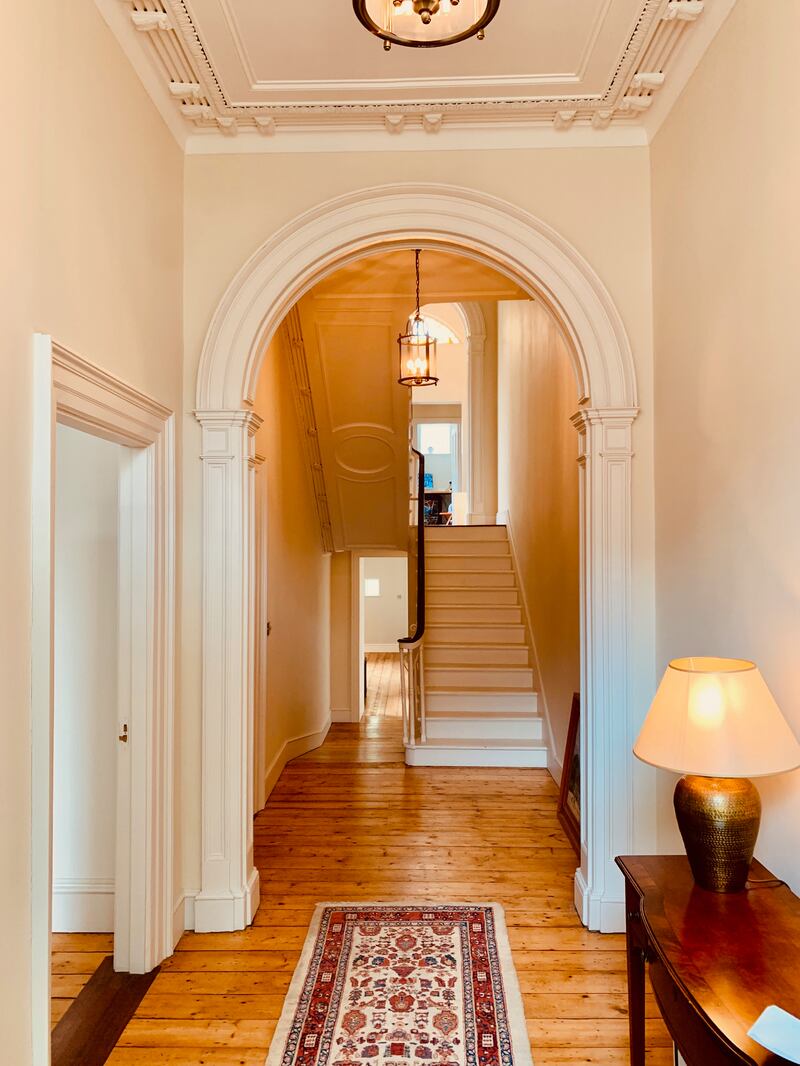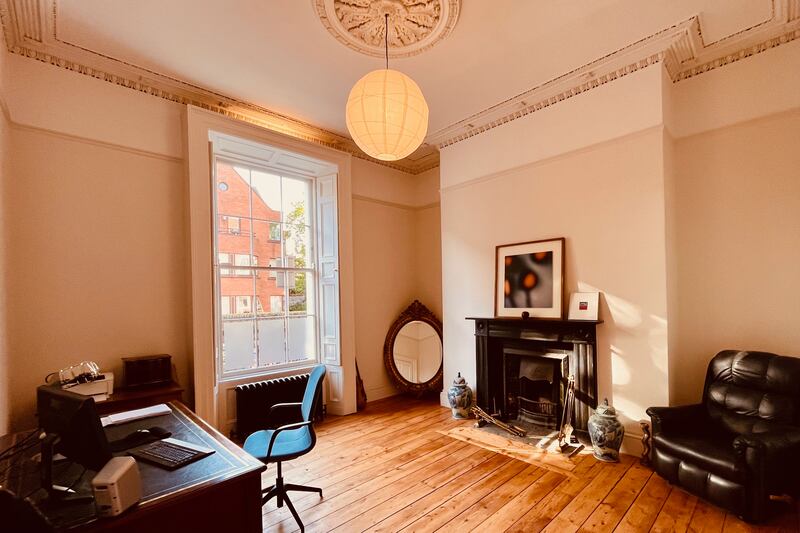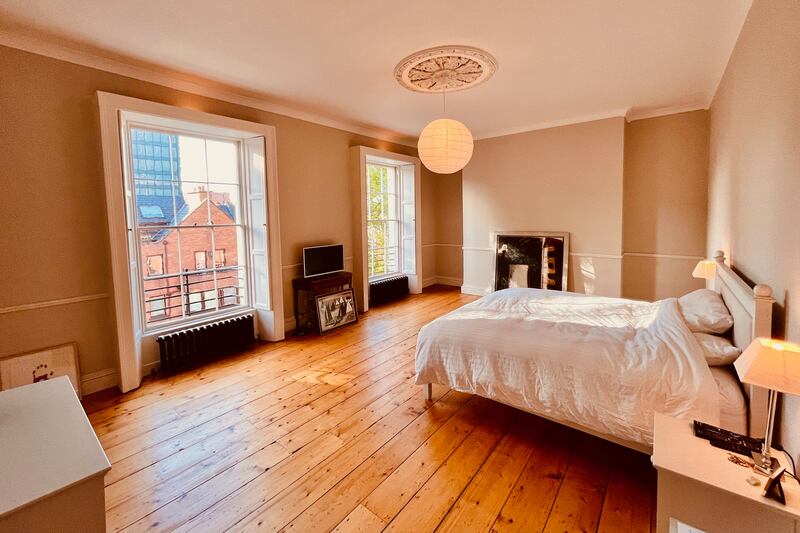Near the Grand Canal boundary of Dublin’s south Georgian core, Herbert Street runs a short distance northeastwards from Baggot Street to the Anglican church of St Stephen, better known as the Pepper Canister, at Mount Street Crescent. As noted by Dr Frank Cullen in his volume Dublin 1847: City of the Ordnance Survey, the names Stephen, Power and Verschoyle are predominant in the area; the street was laid out by Sydney Herbert in the early 1830s.
More familiar names appear in the history of the church; it was designed by John Bowden, built on land that Viscount Fitzwilliam left to his cousin, the Earl of Pembroke, a member of the Herbert family, in 1816 and was consecrated in 1824. Cullen documents the extraordinary task of mapping the city; after 12 years, in 1847-48, the first 5ft-to-one-mile scale map of the city was published. By that time the houses on the east side of Herbert Street were built, and No 20 is listed in the National Inventory of Architectural Heritage as having been built in 1840, one of a pair with No 19, and the last in a row of similar houses. With 464sq m (4,994sq ft) on four storeys over basement, it presents typical, well-balanced Georgian proportions, with original sash windows reducing in size from ground floor to top. Other surviving features such as the doorcase, wrought-iron balconettes and decorative railings also add to the visual appeal. It is for sale through Knight Frank with an asking price of €3 million.
According to the owner, No 20 is one of only three houses on Herbert Street that are lived in: as on many of the neighbouring streets, most properties are used as offices. Since he bought it, in 2014 — for €700,000 according to the Property Price Register — he has completed a painstaking restoration job: removing endless layers of paint from the finely detailed plasterwork; repointing chimney stacks; restoring shutters; reconditioning cast-iron radiators that came from the Belfast School of Music; sanding floorboards and repairing high skirtings; and sourcing doorknobs and escutcheons from Kings Handles.
But in tandem with restoring the old parts of the BER-exempt property, he added modern embellishments: insulating floor voids and the attic, redoing the wall plaster, damp-proofing the basement and installing an air-filtration system, CCTV, zoned heating, smart appliances and Cat 5 and 6 fibre-optic cabling. The five bathrooms/guest toilets are pristine, and some have Carrara marble tiling, wide showers and free-standing baths.











On the ground floor, the front room to the left is shown on the floor plan as one of the five bedrooms but is in use as a very grand study; the ceilings here and on the two floors above soar to 12ft. Flower motifs in the hall cornicing continue throughout and are the only ostentation, in contrast with the simple fireplaces. Behind this is a dining room painted a rich Hague Blue and lit by an enormous double-width window. This is repeated in the room above, fitted out as a very smart John Meade kitchen, customised with considered details and including good larder cupboards, double ovens and large Fisher & Paykel fridge.
The standout room is to the front of this, a dreamy drawing room occupying the piano nobile to span the width of the house. Two six-over-six pane windows, stretching almost from floor to ceiling, fill the room with soft light and offer street views, lined by shutters and uncluttered by curtains. The main bedroom occupies the same footprint above, and behind it are a large walk-in wardrobe and a bathroom. There are two more large bedrooms and a bathroom in the roomy attic.
Various returns lit by a tall arched window and some pretty, hand-painted stained-glass panels house a utility room, comms room and, at the bottom, an infrared sauna. A ground-floor room with three windows could make a lovely library.
The basement houses the fifth bedroom, which is wired and fitted out as a home cinema and has access to the street, past a cellar pump room that extends under the street; another room used as a playroom and gym has a store behind a bookcase that could be a wine cellar. There is scope to close off this floor and let it out, or to reconfigure it slightly as a wonderful place for a family member to live semi-separately.
Outside, there is a two-tier gravelled backyard with access from the basement and the floor above; facing southwest, it gets evening sun and is relatively private. For more green space, the Grand Canal is a few minutes away, with a regular food market on the near bank. And the one-acre space at Wilton Park has been nicely done up as part of an initiative by Iput, which is building various headquarters adjacent to it; it offers benches, deckchairs and a coffee cabin as well as a sculpture trail in partnership with the Royal Hibernian Academy.






